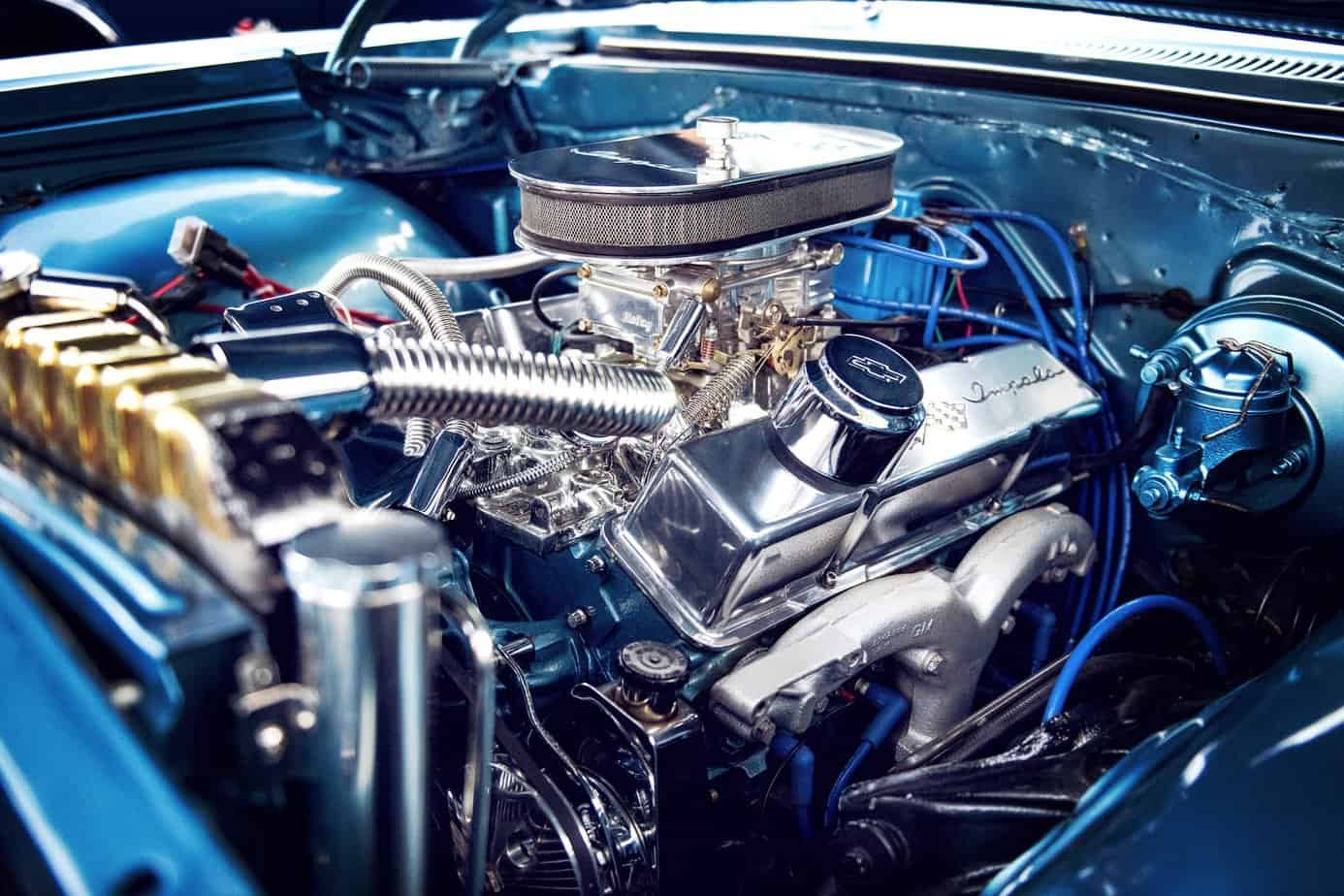
The water to air intercooler is a critical component of an engine’s cooling system. By exchanging the heat generated by the engine with cooled water, the oil cooler is able to maintain the engine’s operating temperature and help prevent it from overheating. Time to learn how an oil cooler works, the various components that make up water to air intercooler, and how to select the right one for your vehicle.
An intercooler is a device used to cool air after a turbocharger or a supercharger has compressed it. The purpose of an intercooler is to improve engine efficiency and performance by increasing the density of the air going into the engine, which then allows for more efficient combustion. An intercooler works by dissipating the heat from the compressed air and returning cooler air to the engine. There are two main types of intercoolers: air-to-air and water-to-air.
Air-to-air intercoolers use ambient air to cool the compressed air before it enters the engine. These intercoolers typically consist of a long, thin tube or duct that runs from the turbo or supercharger to the engine intake. The air is then passed through a series of cooling fins that help to dissipate the heat.
A water to air intercooler is an integral part of many engines, especially in cars and boats. The purpose of this type of intercooler is to reduce the temperature of the air entering the engine, in order to make it more efficient and reduce the risk of engine failure. It does this by exchanging heat from the compressed air with cooled water, which helps to increase engine power and efficiency.
The water to air intercooler works by circulating cooled water through a tube-and-fin style core. This core is typically mounted directly onto the intake manifold of an engine, allowing it to be fed cooled water. As the compressed air enters the core, it is rapidly cooled as it passes over the water-filled fins, causing the air to become cooler and denser. This increases the oxygen content of the air, which in turn boosts the engine’s performance.
The water to air intercooler is also equipped with an inlet and outlet hose, allowing water to flow into and out of the core. These hoses are usually connected to a separate water reservoir, or “coolant tank”, that contains cooled water. As the water circulates through the intercooler, it absorbs heat from the compressed air and is then returned back to the coolant tank to be cooled again. This process helps keep the incoming air’s temperature low and keeps the engine running efficiently.
Main photo: Tim Mossholder/unsplash.com
Sponsored text